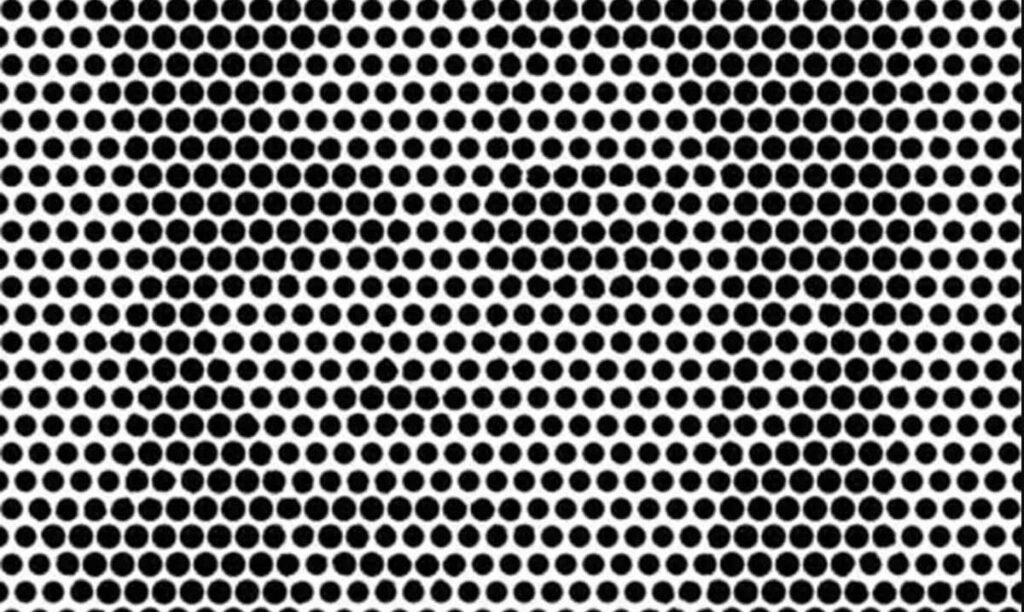Can you spot a face in the black and white grid below? Once you see it, you cannot unsee it. At first, it’s a bit difficult, but then you will wonder how you didn’t recognize it immediately.

Now, do you see it?
If you are still scratching your head, let me help. The celebrity in the image is one of the most prolific pop stars of all time. If you still don’t get it, I don’t know what to tell you besides, psst…IT’S MICHAEL JACKSON.
There are so many of these grid quizzes online, and they are really neat and kind of hurt your eyes. Dr. Gustav Kuhn spoke with the Sun, and he says that the reason these work so well is because they play on how our brains process information.
“Our eyes encode vast amounts of messy sensory information, and our brain uses clever tricks to disambiguate this information to try and make sense of what it is we are looking at,” Dr. Kuhn said.
“What you see is results of vast amounts of neural computation, mixed with a bit of guesswork.
“For example, when you stare at a bunch of trees, you can interpret this as a forest, or a tree.
“What you are seeing depends on which aspect of the scene you are focusing on.
“In the panda illusion, information is encoded at different scales, and depending on how which scale you focus on (i.e. the trees or the forest) you will either see a bunch of lines or the bigger picture .”
Additionally, Kuhn explains that a lot of why this works is due to perception. “We typically take perception for granted, and rarely think about the hard work that underpins everyday tasks, such as seeing a cup of coffee right in front of you.”

